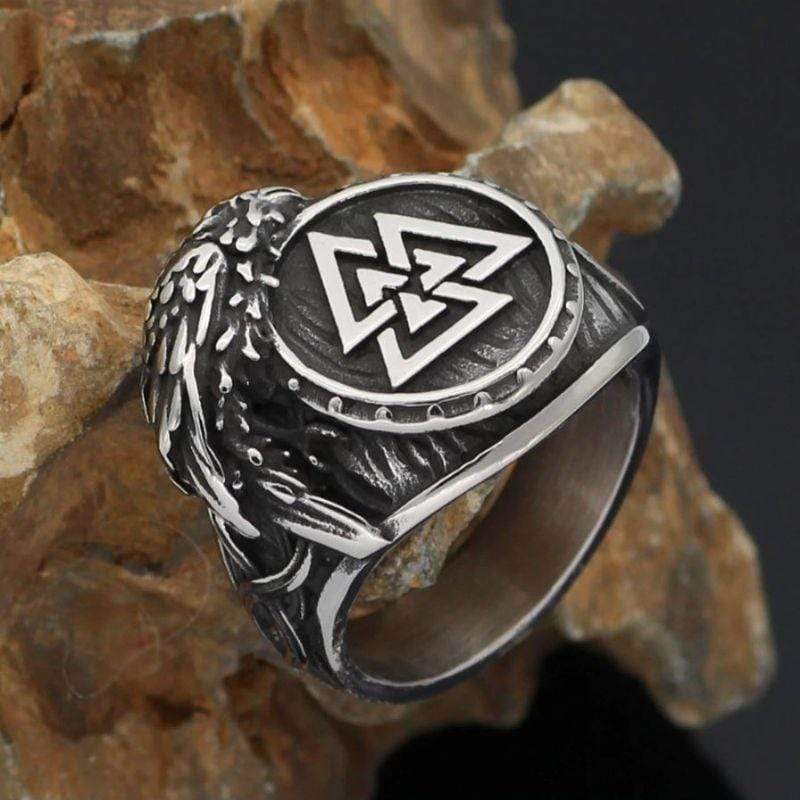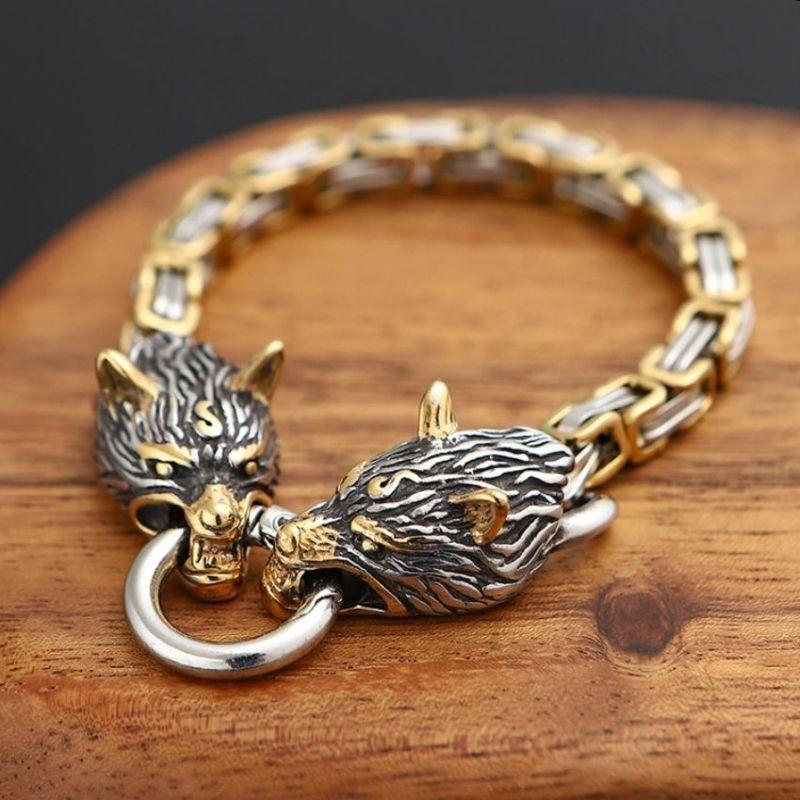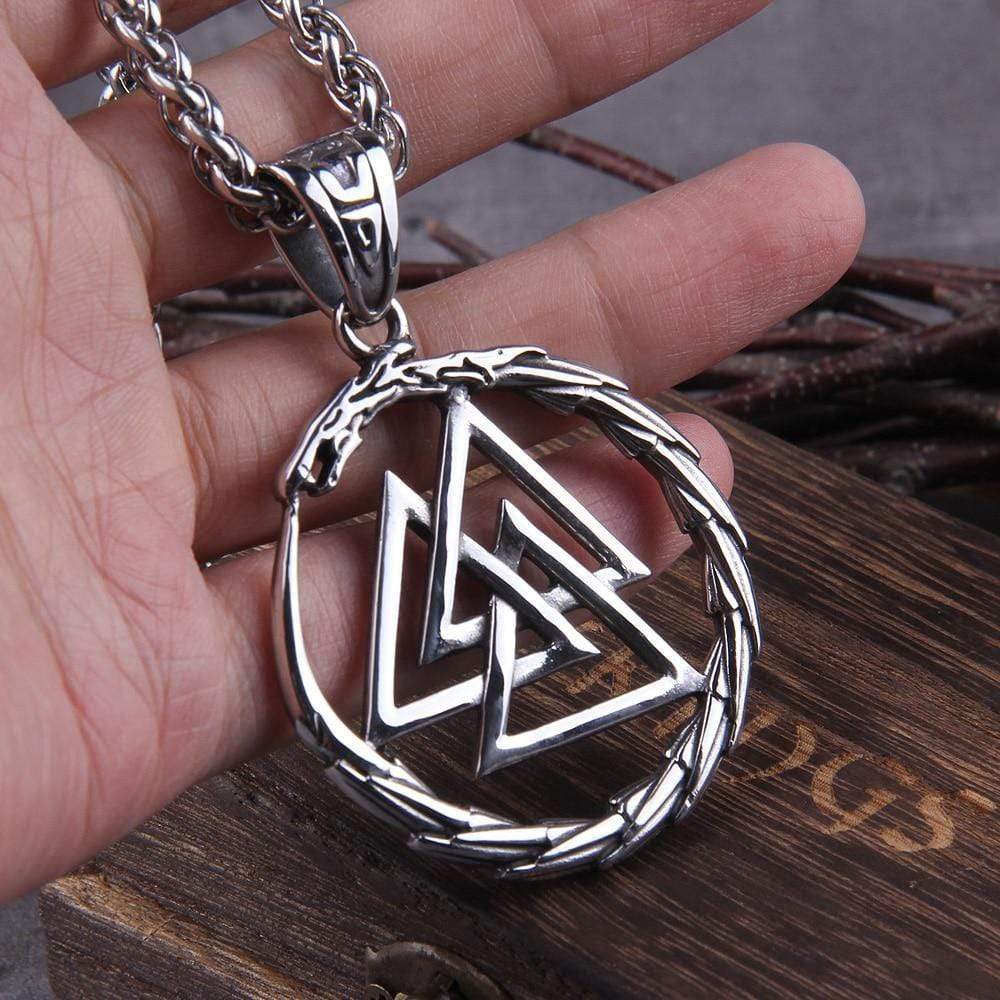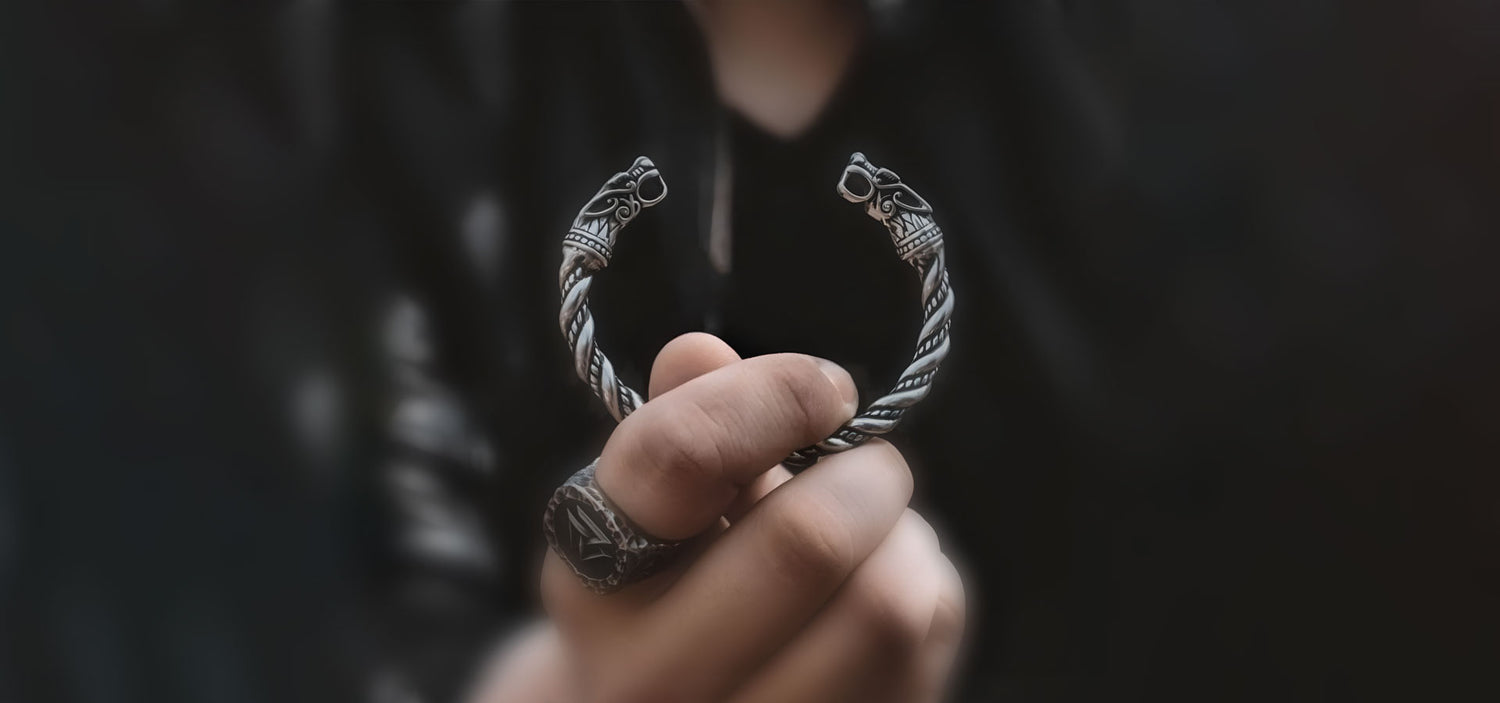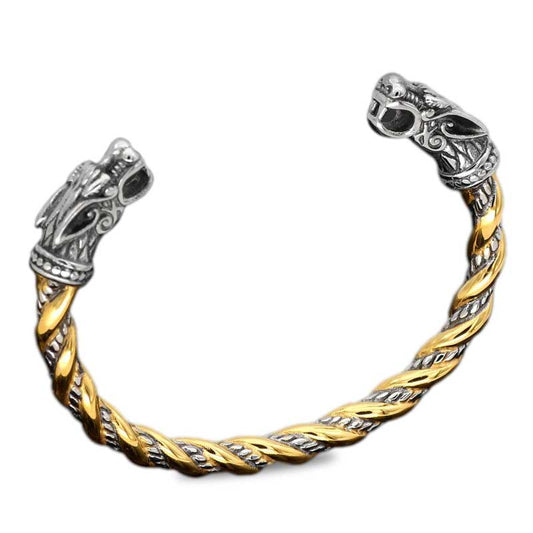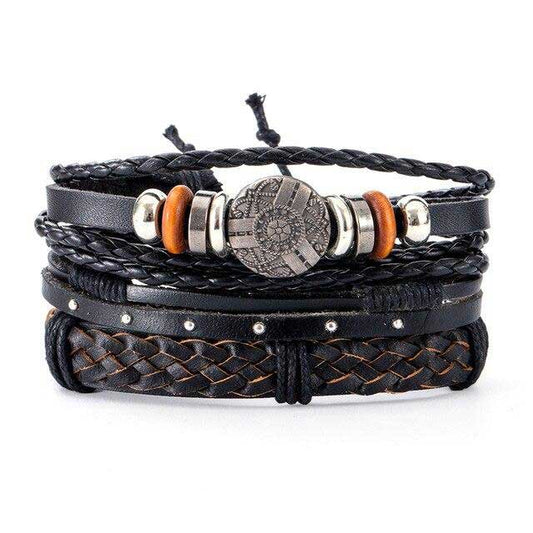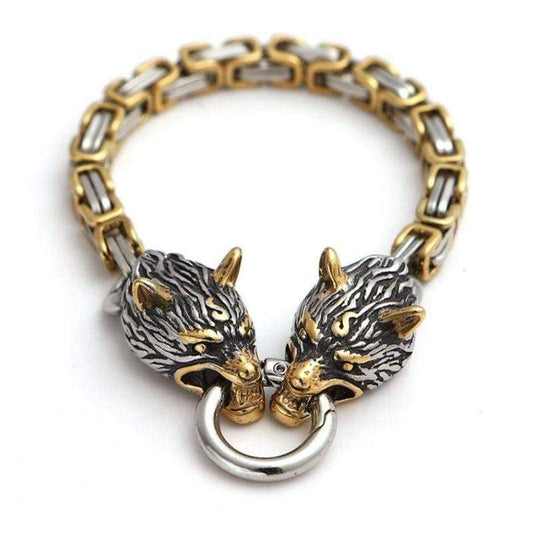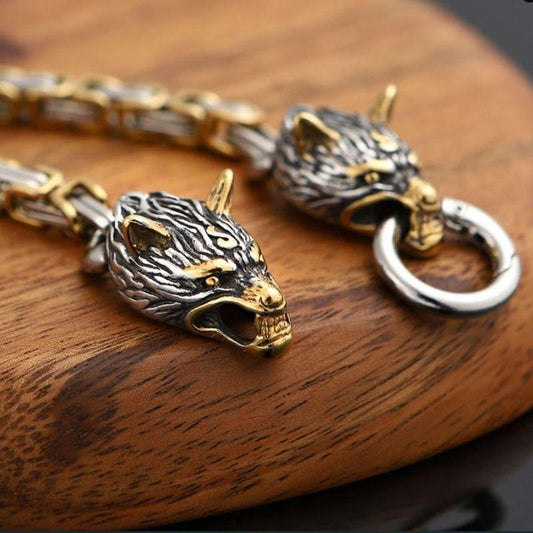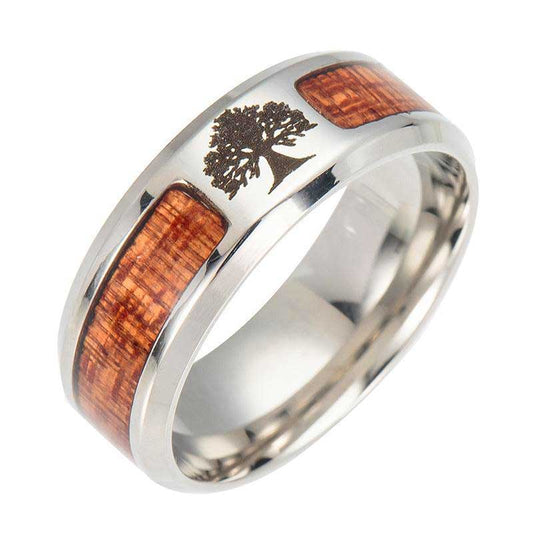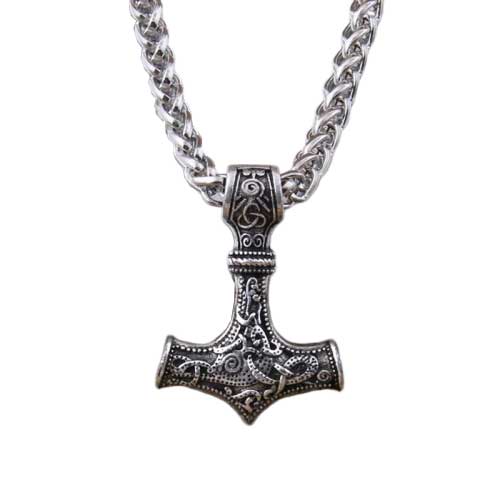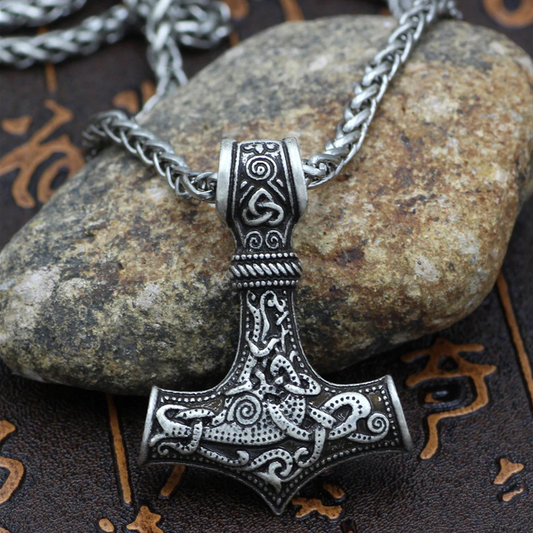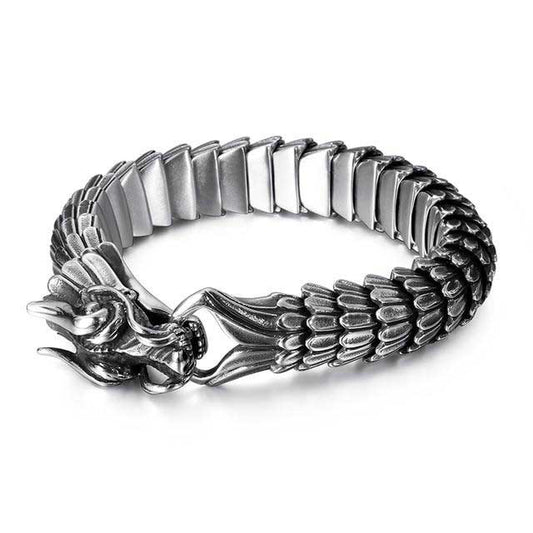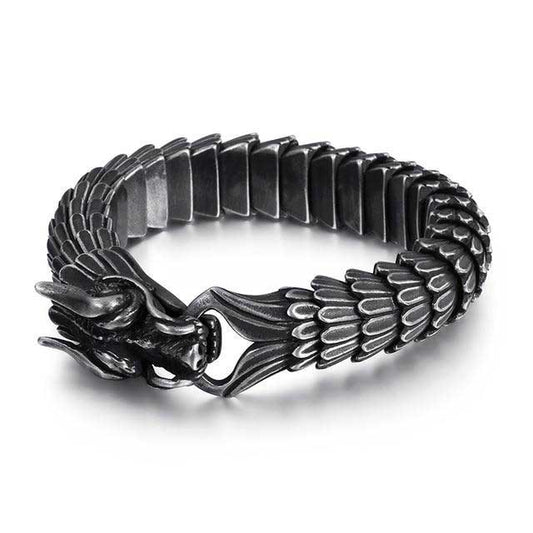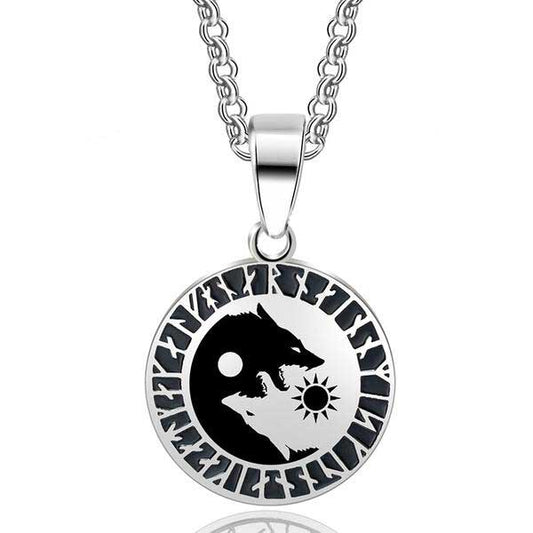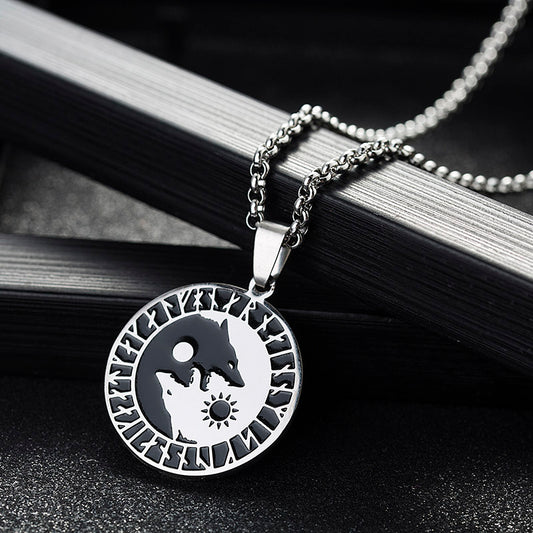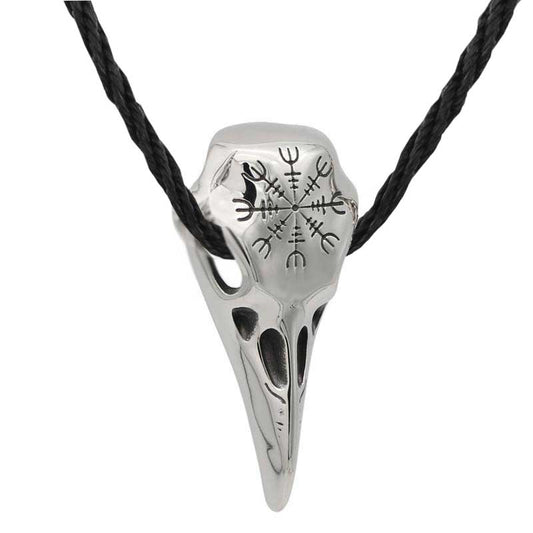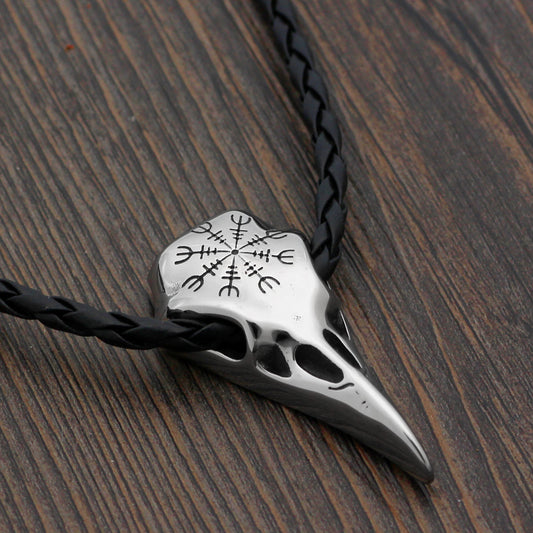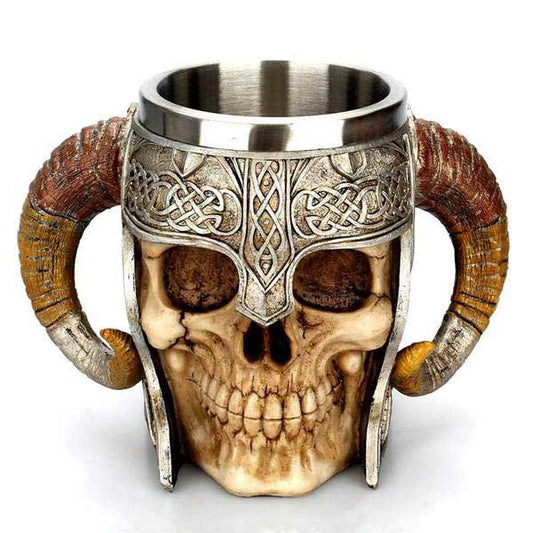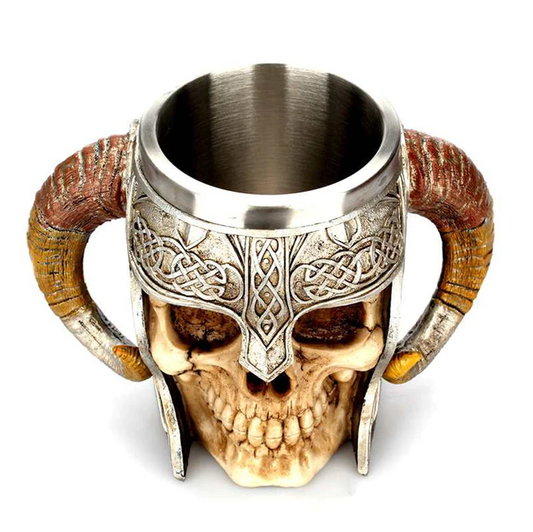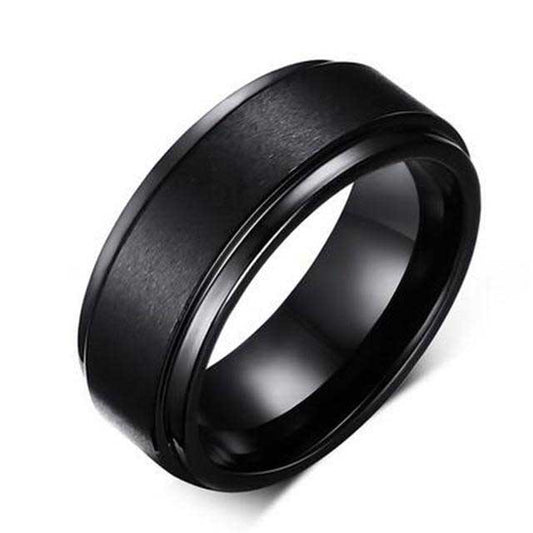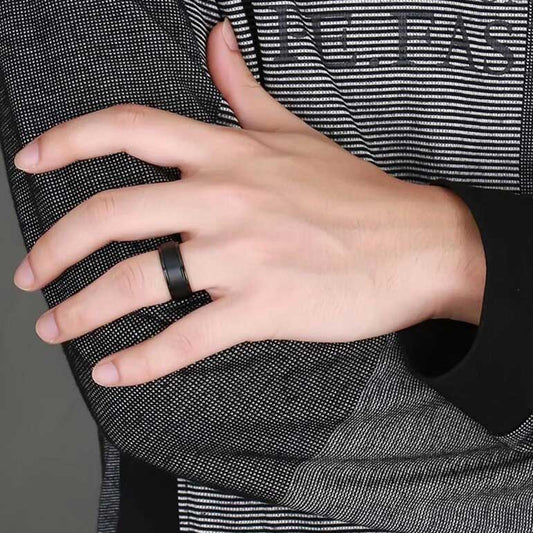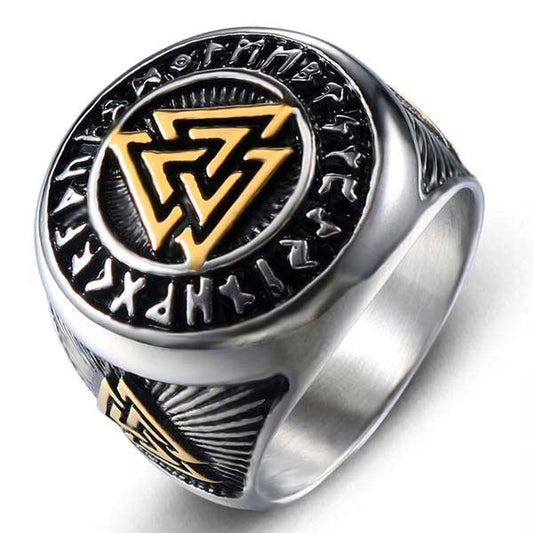Normandy owes its name to the Vikings . While the raids were in full swing, warriors from the North landed on the coasts of western Gaul at the end of the 8th century. In 911 , the county of Rouen was left to the Viking chieftain Rollo , during an agreement with the king of France. The Vikings settled on this small piece of land, to the west of France, and thus created Normandy.
The colonization of Normandy by the Vikings

We are in the year 800. Viking raids have been in full swing since the previous year, in England as in France . On board their longships, the Scandinavian warriors landed on the coasts of western Gaul and first arrived in Rouen. As usual, the Vikings are attacking monastic treasures. Then they go up the Seine to besiege Paris , before bringing their booty back to the lands of the North.
But far from them the desire to stop here. The Viking armies once again set sail for France in the year 850 . In 851, the Nordic barbarians set fire to the Abbey of Fontenelle (today Saint-Wandrille Abbey), in Seine-Maritime before attacking the capital again in 856 and 861.
The kings of France facing the Viking invasions
Faced with these repeated attacks, the Carolingian kings took fright . Charles II Le Chauve, by the treaty of Compiègne in 867, gave the Breton king Salomon the county of Cotentin in exchange for his help and loyalty in the face of the offensives of the Viking peoples.
At the same time, the King of the Franks had a wooden bridge built in Paris, defended by fortifications . Fortifications that will not stop the Vikings since they besiege Paris for the fourth time in 885.
The Treaty of Saint-Clair-sur-Epte gives Normandy to the Vikings

To overcome the fighting and best protect France from barbarian attacks, King Charles the Simple (on the throne since the year 898) decided not to pursue the losing strategies of his predecessors. He therefore concluded an agreement with Rollo , a Viking chieftain, in 911. This agreement, marked by the signing of the Treaty of Saint-Clair-sur-Epte, stipulated that the king hand over to Rollo the county of Rouen on condition that the attacks cease and looting on French territory. The Viking chief must also, by this agreement, prevent any external Viking incursion on French soil and be baptized.
Extensions of Normandy by the Vikings
If he fully respects the treaty he has just signed, Rollo still wants to expand his land . A first extension is to be noted in the year 924, then a second time in the year 933. Rollo therefore now occupies Bessin, the Pays d'Auge, Hiémois, Cotentin, Avranchin as well as the islands of the Channel.
Settlement of the Vikings in Normandy

Following the Treaty of Saint-Clair-sur-Epte, Rollo and his men settled on their Norman territory . The Viking chief was baptized at Rouen Cathedral in 912 and took the first name of Robert, from the name of his baptismal godfather, Duke Rober. Peace is then back in the whole region and men of faith can now return to churches and abbeys without fear.
When Rollo died around 925, his son, Guillaume Longue-Épée succeeded him. Also known as William 1st of Normandy, he then became Duke of Normandy . Or rather, as was his father, jarl of the Normans. Guillaume Longue-Epée married Sprota, a Breton, then Liutgarde de Vermandois, daughter of Count Herbert 1 st . Through these marriages, the Viking people officially united with France.
More Danico : the Danish wedding in Normandy
More Danico is a Latin expression meaning "Danish style". Danish marriage refers to the mode of polygamy that was practiced by the Vikings who settled in Normandy . Indeed, despite their conversion to Christianity, the men of the north do not forget their traditional practices. This practice leads to a high rate of matronyms in Normandy. That is to say surnames originating from a female first name. And French female first names, since the freshly Norman Vikings fell in love with the women of the country which now adopted them.
What remains of the Vikings in Normandy today?

According to collaborative work between French and British researchers, a DNA signature is sometimes readable among the Normans. A signature that they have, for some, in common with the Viking people that were their ancestors. But the Viking heritage left to the Normans goes beyond genetics.
Viking linguistic influences in Normandy
The main heritage of the Vikings that Normandy keeps today is undoubtedly the language . When they arrive on French soil, the Vikings quickly adopt the language that is practiced there while having an influence on it. They bring to the local language nearly 200 words from Old Norse , as well as specific phonetics.
Surnames straight from Scandinavia
Many Normans still have a Scandinavian-sounding name , although many have been Frenchified over time. We thus find names such as: Anfry , Estur , Gounouf , Théroude , Turgis , Quétil , etc.
We also find in Normandy a very high rate of matronyms , originating from French female first names. Indeed, giving the mother's first name or surname as a child's surname was a way to distinguish between children born to the same father but different mothers, as was common among the Vikings.
Viking archaeological discoveries in Normandy

In recent decades, a few archaeological discoveries have been related to the Vikings , although they remain rare. Among these, we note the discovery of a Viking female burial as well as a pair of Nordic fibulae . In 2007, a hoard of Viking coins dating from around the year 890 was also found in Eure. And finally, swords a priori used by the Scandinavians were dredged up in the Norman part of the Seine.
Normandy, where does your name come from?
Normandy comes from the term "Normand", which means "men of the north" . And at the time, the men of the north were indeed the Vikings. They are therefore the ones who give the land they have just conquered its present name.
The history of Normandy as such therefore begins in the 10th century , when the Viking army of Rollo came to settle there following the treaty of Saint-Clair-sur-Epte. Today, she keeps the name that these men from the north left her as a legacy.
